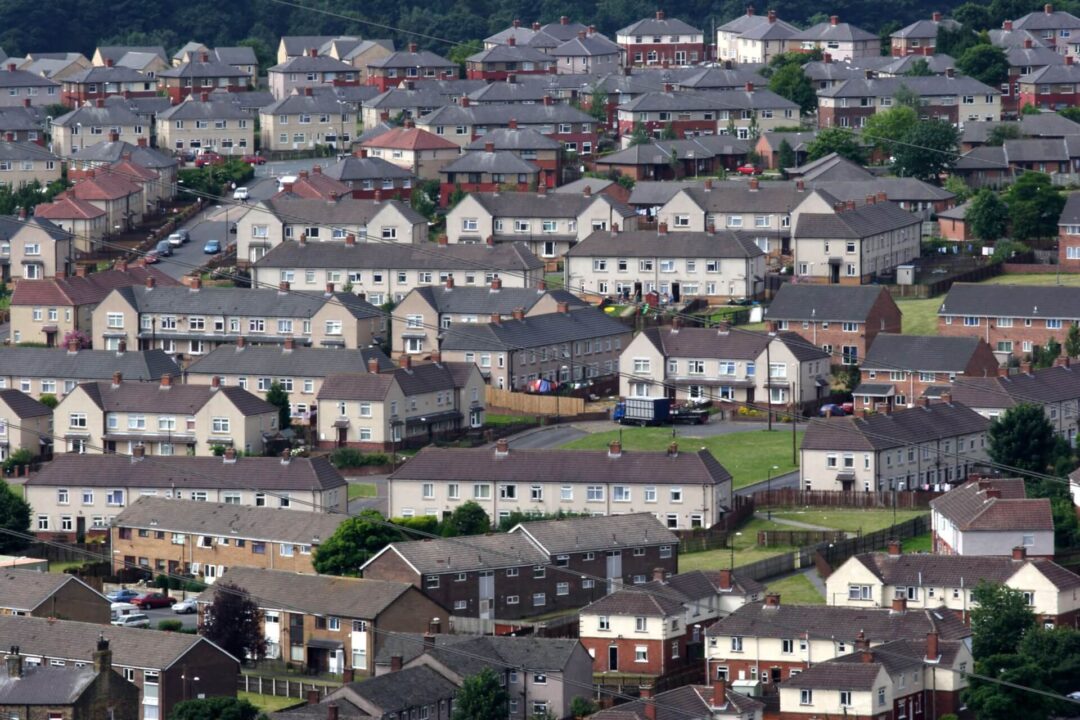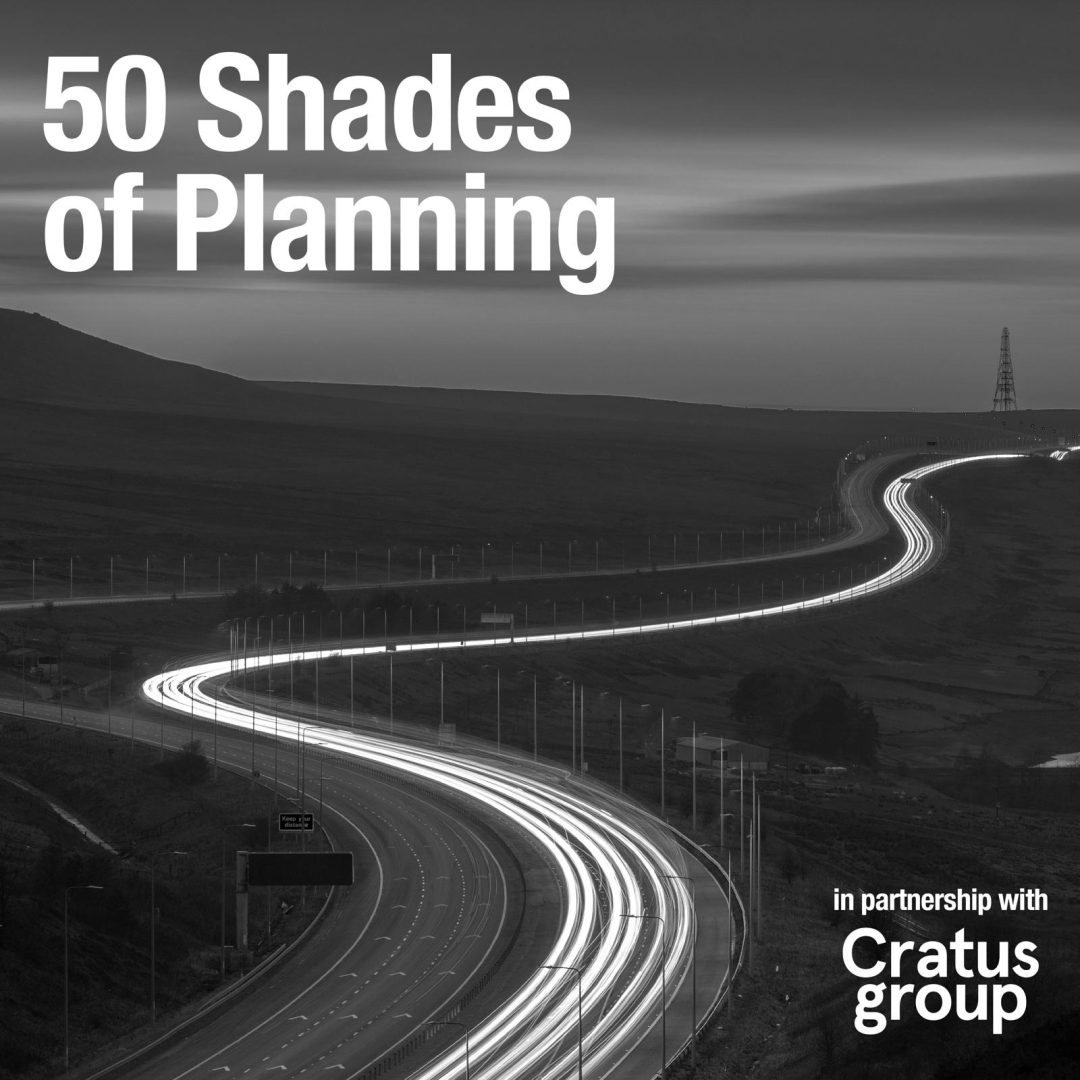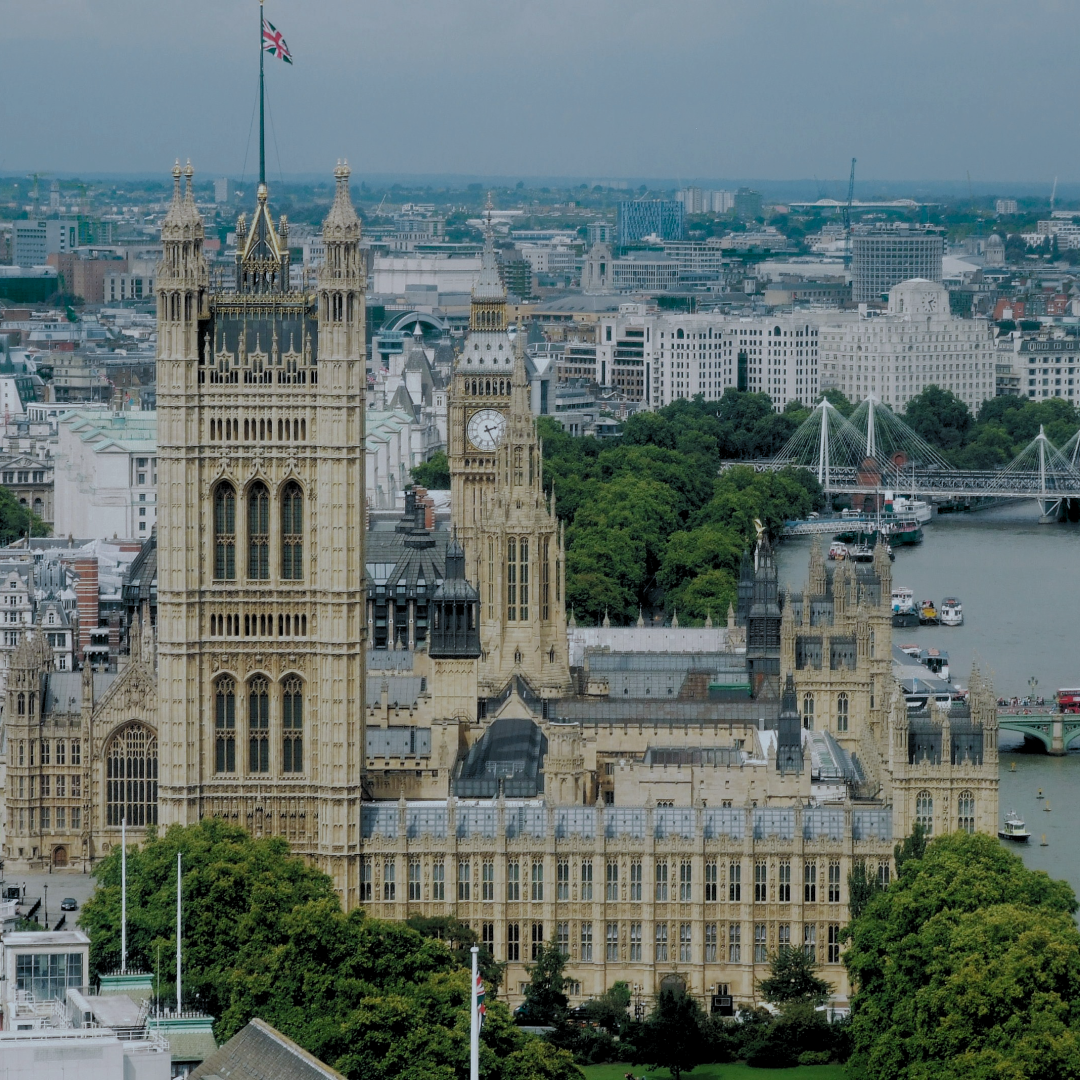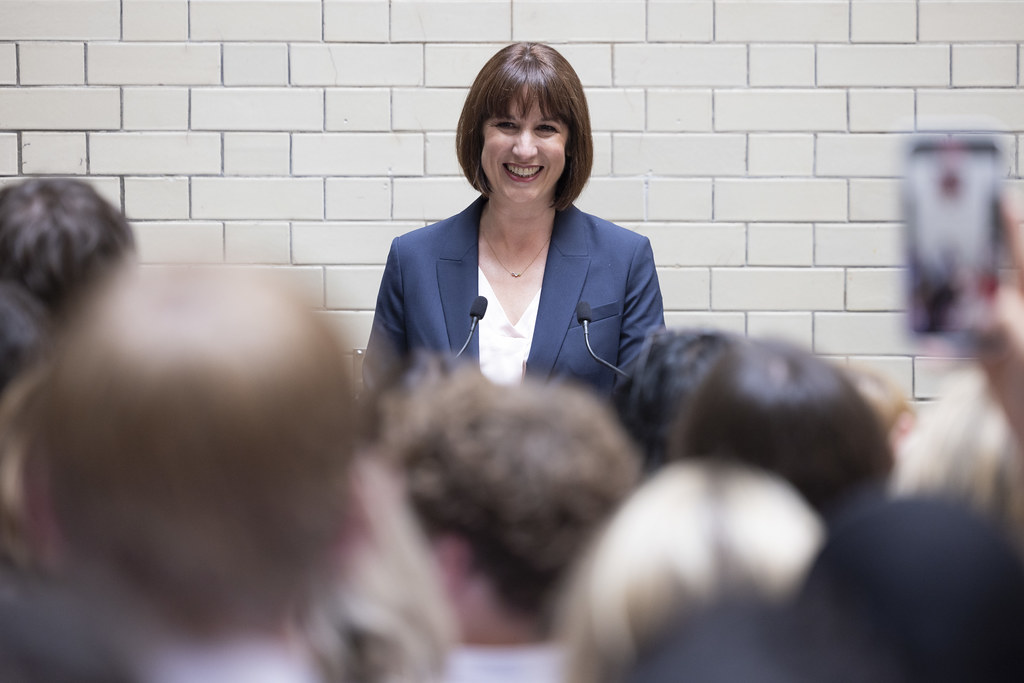The Greatest Privatisation
By Paul Smith, Associate
There is nothing which gets a housing geek like me more excited than the annual publication of the UK Housing Review. Celebrating its 30th year, the publication contains 309 languid pages of housing statistics and analysis. To read it all would probably take you through to the following year.
As well as a review of thirty years of housing policy (in a nutshell the move from bricks and mortar social housing subsidy to rents taking the strain leading to an explosion in the cost of housing benefits and rising housing costs), there is a retrospective on the right to buy [RTB], introduced in the 1980 Housing Act. The famous Thatcher initiative was a political masterstroke (I remember people telling me when out door knocking in the 1980s and 90s people telling me that they were voting Conservative because “Maggie let me buy my house”) but a strategic housing policy disaster.
The ’right to buy’ was not the beginning of selling council homes to sitting tenants. Prior to 1981 tenants could apply to their council to buy their homes, however this was at a market value and the discretion to sell remained with the local housing department. The law brought in two changes, firstly the ‘right’ itself (except for residents of sheltered housing) and secondly the discounts which at one point rose to 70% on a flat and 60% on a house for longstanding residents.
Since it was introduced almost 3 million homes have been sold under the RTB. As an approach to increasing home ownership it is difficult to think of a policy which has been more successful.
For councils this meant that the properties available to meet local need reduced dramatically. Equally significantly the properties which were sold tended to be the best quality homes, mainly houses in the more popular, and wealthier areas. The economics of council housing was overwhelmed as authorities were left disproportionately with properties in poorer condition and the more expensive to maintain. The money from the sales mainly ended up in the coffers of the Treasury rather than the councils making both the replacement of lost homes and the repairs and upgrading of existing ones more difficult. By the late 1980s it became almost impossible for councils to build and, even if they could it was economic madness as new homes built could be purchased at a discount a few years after being built. Housing associations were then promoted by government as the new developers of social housing. Many councils turned their rump housing department into a housing association so that they could access the funds denied to councils but available to housing associations to upgrade existing homes and build new ones (this was called ‘stock transfer’ – large scale [LSVT} if it was the whole council).
As the wealthier council tenants purchased their homes, councils were left with an increasingly marginalised group of low-income residents and as the turnover of homes reduced council housing became increasingly rationed to those in the most desperate circumstances further concentrating disadvantage in the remaining homes. Council housing was undermined both economically and socially.
The expansion of home ownership through the right to buy has been dramatic but relatively short lived. The research shows that 50% of ex-council homes are now too expensive for purchasers on lower incomes. This is particularly an issue in rural areas where almost all of the small row of council homes on the edge of the village are in private hands and fetch large purchase prices when up for resale. As the report concludes “Rather than widening access to owner occupation they extended the choice for those who could already buy. In England 51% of early RTB resales were to existing owner occupiers.” In recent years we have seen many RTB properties re-enter the rented market, not as social housing, but as private sector buy-to-let homes. This is especially true in areas where prices are highest and the demand for social housing would be the greatest. Again, quoting the report “a cautious estimate is that by 2021, up to 40% (1.1 million) of RTB properties had become private tenancies in the UK and this figure may increase as more resales of RTB properties are completed.” This also has an impact on the public purse as housing benefits are pushed up to cover the higher rents of these properties than if they had remained as social rented homes. Again, the report calculates “The estimated long-term, additional social security costs following transfer of 40% of RTB sales to the privately rented sector would be over £1.5 billion each year, if they were all occupied by tenants entitled to housing benefit, and over £750 million each year if half of them were.”
There is no doubt that the right to buy was successful for the Thatcher Government and played an important role in the Conservative election victories which followed it. However, housing policy would have been better served if more homes had been built to buy over the 1980s and 1990s. Many of those who purchased through the RTB could afford to buy on the open market. This would have increased home ownership and also ensured that social housing would continue to be available as a significant tenure and we wouldn’t be facing today’s housing crisis.
To buy a copy of the review, please click here.








